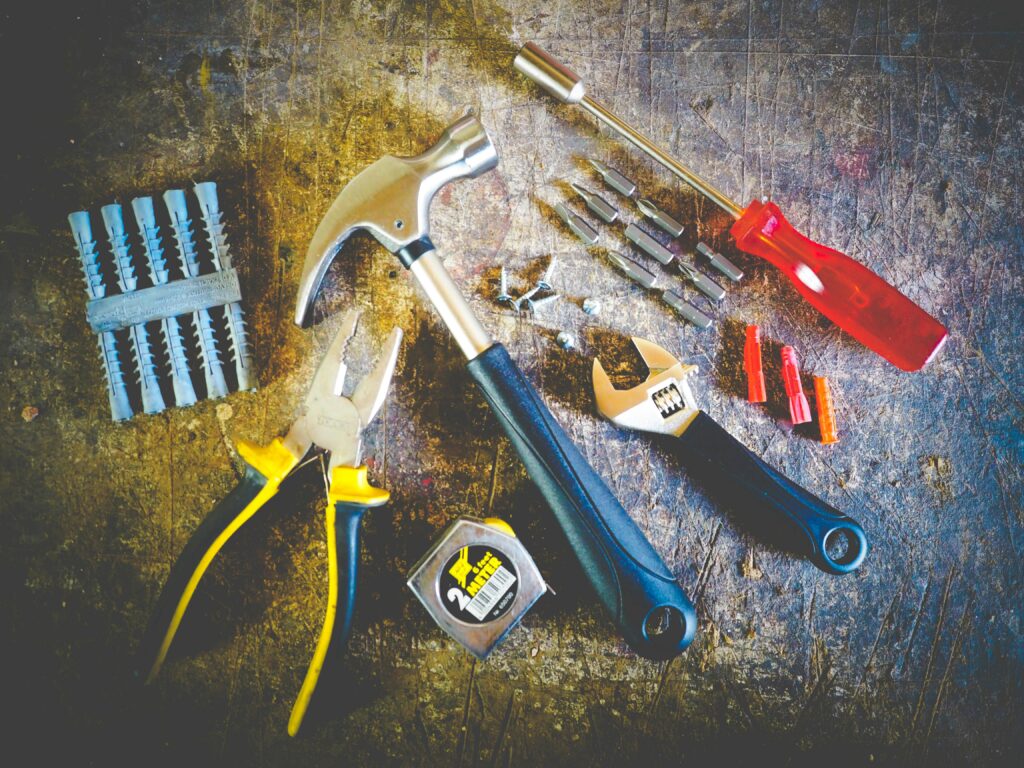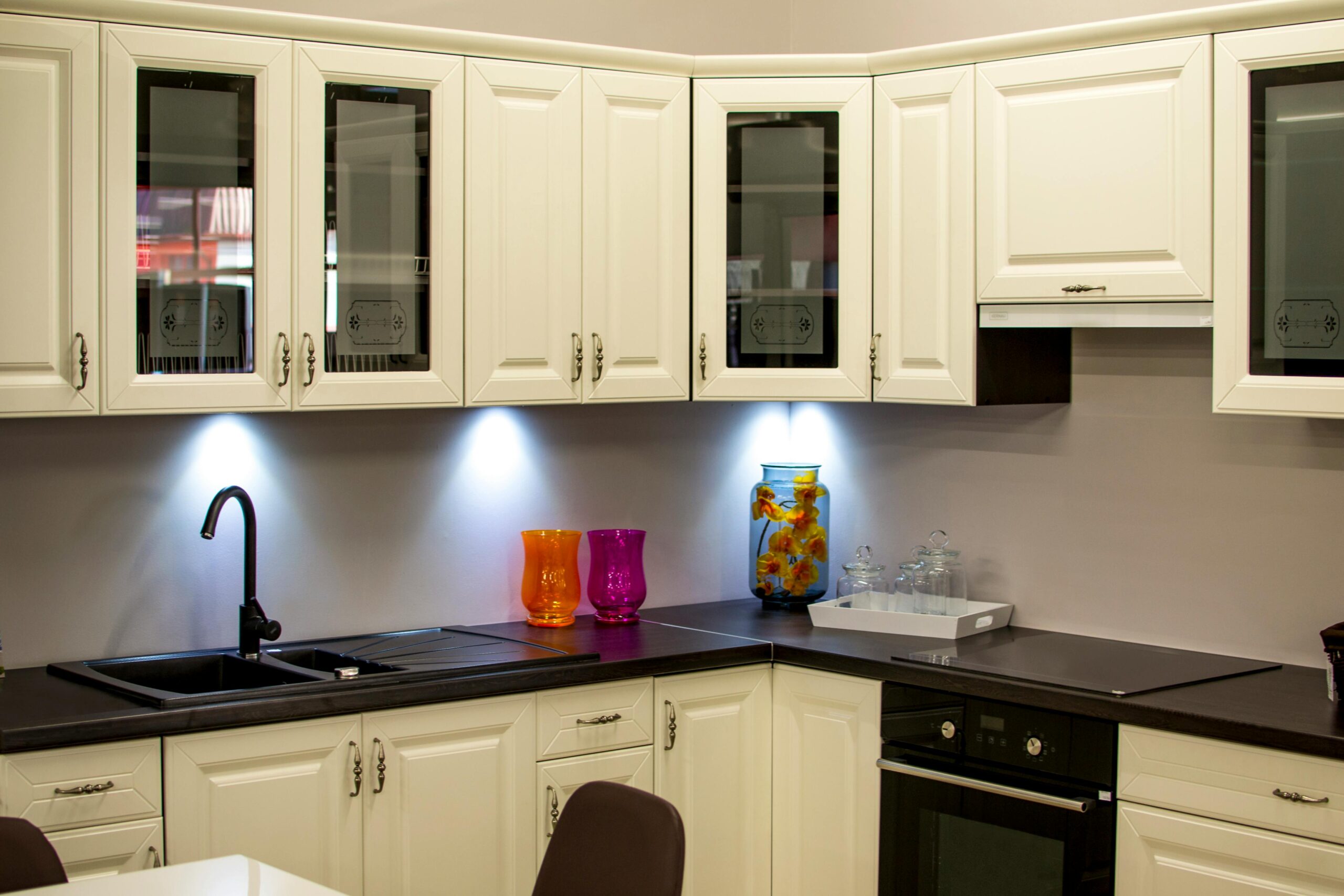6 Home Repairs Tips That You Can Totally Do Yourself
Has repairing a leaky faucet or fixing a wobbly chair ever made you wish you could call a professional? What do you think would happen if I told you many problems around your house are easier to address than you expect? Learn some do-it-yourself methods, and you’ll save money, save time, and feel proud of your accomplishment. And, isn’t everyone else a bit proud to get something done around the house?
Some nervousness is common when you think about doing home repairs. You might be unsure if you’ll hurt them more or you simply see too many problems to fix. If you have a bit of help and a few standard tools, you’ll find that building is rewarding. Let’s look at several quick tips that will turn you into a home improvement hero.
Fixing a Leak: How to Stop That Drip
It isn’t only irritating to have a dripping faucet; it also costs you water and cents on your energy bills. Still, the good news is that… We can usually help you out fast! A tired O-ring or washer in the faucet handle is what usually causes dripping faucets.

The first step is to shut off the water supply to that faucet. You should look for a small valve right near the pipes under your sink. Then, carefully lift off the cover on top of the handle and unscrew the screw that’s positioned under it. Next, remove the packing nut after removing the handle. The old rubber item that holds the pipe together can be found there. Swap it out for another that is the same size. Reassemble everything backward, start the water again and relax in the quiet.
How to Stop a Creaking Door
Hearing a door squeak late at night is very bothersome. The issue is most often with the hinges. After use, the metal-on-metal contact in the bearing produces that annoying high-pitched groan.
Wd-40 or olive oil may add a little life to your bike chain, so grab some when you can. Spray the lube onto the hinge pins directly after you open the door widely. Moving the door back and forth a couple of times helps the lubricant settle where it needs to be. Should the noise stay, pull out the hinge pins, give them a good clean, put on a new layer of lubrication and replace them.
Fix Your Wall Holes: Repairing Little Wall Gaps
It’s not uncommon for small holes in walls to appear from a picture hook or accident with furniture. It’s easy to repair these and restore the look of your walls. Just grab some spackling paste and a putty knife when you begin.
Spread just a little spackling paste across the hole using the putty knife. Lift the picture enough so it’s not touching the wall beneath it. Make sure the oven is dry inside before you do anything else – this normally takes a few hours. After everything is dry, gently go over the repair area with sandpaper until it matches the wall. It’s now time to give the bike a new coat of paint!
Fit New Screws: Drawers that are slightly off demand screws that fit better.
It’s annoying when the handle on a cabinet or drawer comes loose. It can become so weak over the years that it often breaks into pieces. Many times, it happens when a screw is loose.
Open the cabinet door or drawer and find the screws on the inside which fasten the handle. Take a screwdriver that matches the kind of screw – most of the time, either a Phillips or a flathead screwdriver will do. Keep tightening the screws by rotating them clockwise until they no longer can be tightened much further. Don’t tighten too hard or you might damage the screw or the wood.
A Guide to Home AC and Heater Repairs for Breathing Comfortably
How to Clear and Fix a Slow Drain
Deal with a slow sink or tub drain and you might find the problem annoying. If you don’t want to use harsh chemicals, try an easier and greener method first. A majority of clogs come from a collection of hair and soap scum.
The first remedy is to pour hot water down the drain. It can occasionally help dismantle small deposits. If you don’t get the results you want, combine half a cup of baking soda and half a cup of white vinegar instead. First, pour baking soda into the drain and then pour vinegar after it. Let the mixture stand for at least 30 minutes and you’ll notice some fizzing. After that, run a hot flushing cycle. A drain snake usually does the job for most hard-to-remove clogs.
Small Changes, Major Effect
If you learn how to do these simple repairs, you will build faith in your abilities. Doing this means spending less while keeping your home in great condition. Start by doing a basic project and eventually you’ll start working on larger ones. It’s easier on both your house and your finances!


